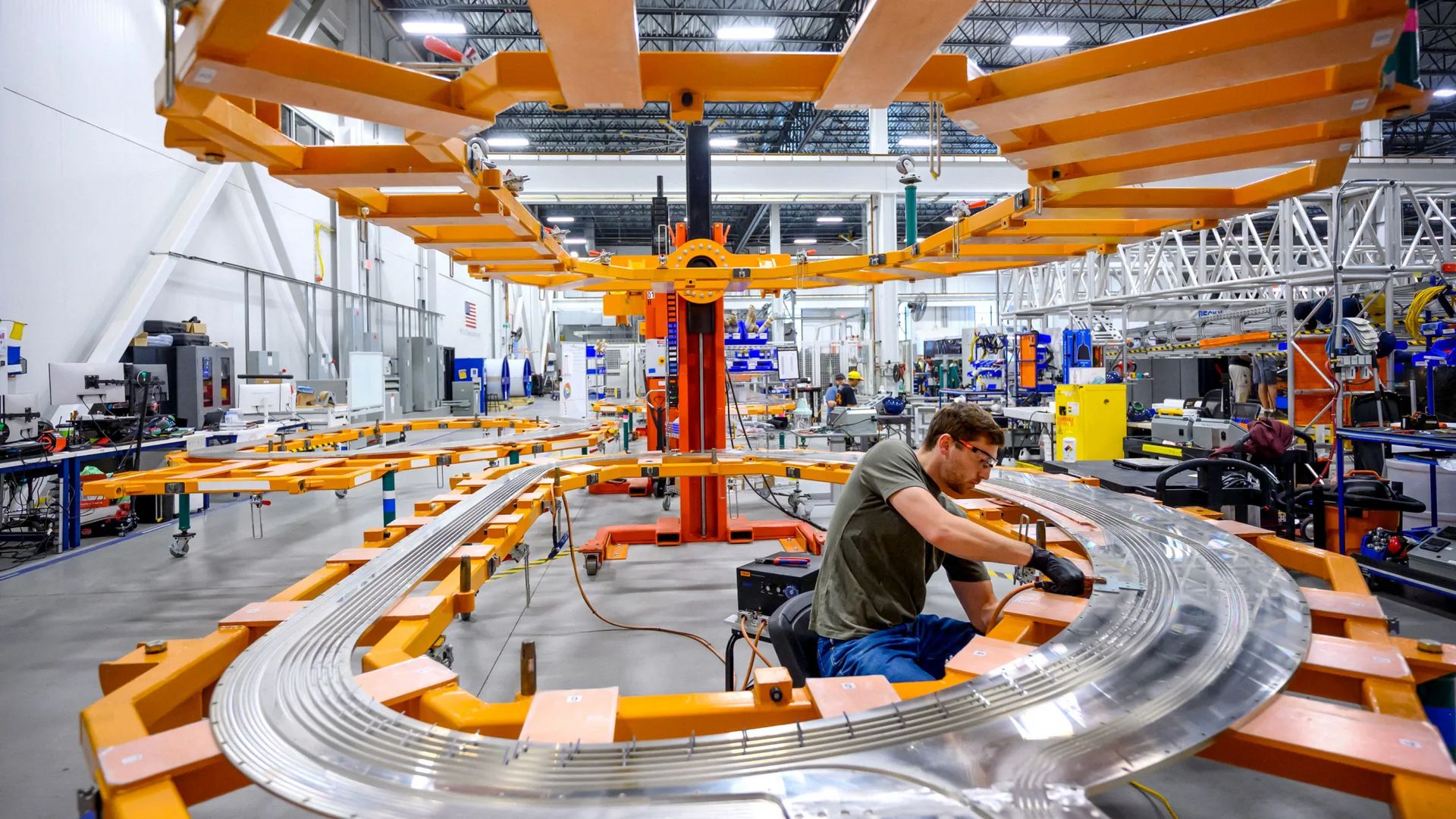Lowercarbon Capital, Chris Sacca’s climate-tech venture firm, is quietly raising its second dedicated fund for nuclear fusion. It’s a larger sequel to the $250 million Q > 1 fund launched in 2022.
A war chest for fusion’s next chapter
Fund II will exceed the size of Q>1, positioning Lowercarbon to lead or co-lead larger rounds as fusion startups enter their prototype and plant-scale phases. Structurally, the new vehicle will again stand apart from the firm’s broader climate funds as a thematic, fusion-only pool designed for long-horizon, capital-intensive bets.
Expect a traditional 10-year venture format, but with a deeper integration of scientific and policy expertise. Lowercarbon’s team includes fusion-sector veterans better equipped to evaluate the nuanced technical and regulatory risks that more generalist funds might miss. The result is likely a bespoke fund structure with substantial reserves for follow-on capital and milestone-based tranching; it’s a “deep-tech VC” model built for the long game.
Strategic limited partners
At least one sovereign backer has already committed capital: the New Mexico State Investment Council, which is leveraging its stake to attract fusion development to the state’s emerging innovation corridor. It’s a signal that Fund II’s LP base will mix institutional and strategic investors willing to back a decade-long commercialization arc.
Private capital momentum is accelerating as well. Fusion has become a magnet for high-profile technology investors: Khosla Ventures, Breakthrough Energy Ventures, Google, NVIDIA, and Bill Gates have all participated in recent rounds. It wouldn’t be surprising if some of these names participated as LPs in Fund II, seeking diversified exposure across the fusion landscape rather than placing single-company bets.

Chris Sacca participated in Commonwealth Fusion Systems’ Series A round in 2019 through his previous firm, Lowercase Capital.
Lowercarbon’s existing fusion portfolio
Lowercarbon’s first fusion portfolio already spans the major technical archetypes:
Commonwealth Fusion Systems (CFS): Tokamak-based, high-field magnetic confinement; the flagship investment now constructing its SPARC demonstration plant. Expect Fund II to reserve significant follow-on capital as CFS advances toward grid-scale commercialization.
Pacific Fusion: Hybrid MagLIF approach blending pulsed-power and laser compression; raised nearly $1 billion in 2024. Its New Mexico expansion exemplifies Lowercarbon’s “regional cluster” thesis, coupling venture capital with state-level industrial policy.
Zap Energy: Compact, low-cost Z-pinch reactors; a bet on lean engineering and rapid iteration.
Thea Energy / Renaissance Fusion: While stellarators likely won’t be first to commercial fusion, they could be more efficient in steady-state operation.
Acceleron Fusion: Muon-catalyzed approach; emblematic of Lowercarbon’s willingness to fund frontier physics when the underlying science merits the risk.
Taken together, these investments reveal a deliberate strategy: spreading exposure across multiple reactor architectures while favoring approaches that drive down cost curves.
Closing thoughts
When Q > 1 launched in 2022, fusion was still viewed as a high-risk science project. Within months, the National Ignition Facility achieved the world’s first gain-positive shot, validating Sacca’s thesis that the field had crossed a critical threshold.
By 2025, the challenge has shifted. The frontier is no longer scientific credibility but industrial execution: component manufacturing, materials supply chains, and regulatory alignment for first-of-a-kind plants. Fusion Fund II is tailored to that reality. It represents a pivot from “validate the physics” to “build the prototypes,” and the capital intensity that entails.
Yet the landscape around Lowercarbon has changed. Generalist funds, corporates, and sovereign investors are all entering the fusion race, and specialization alone may no longer guarantee an edge. Fund II’s expanded scope reflects both conviction and caution: a move to protect its early positions while staying close to the next generation of contenders.